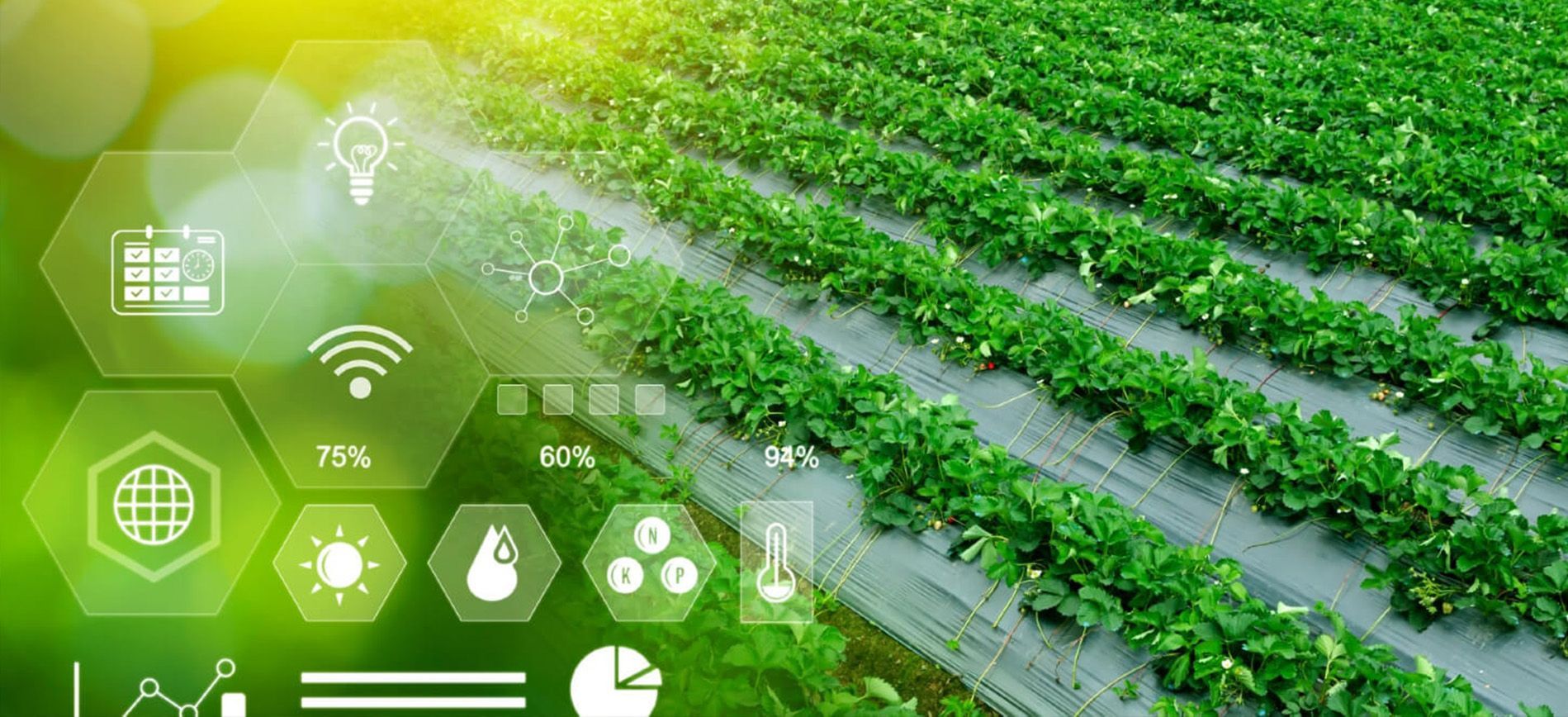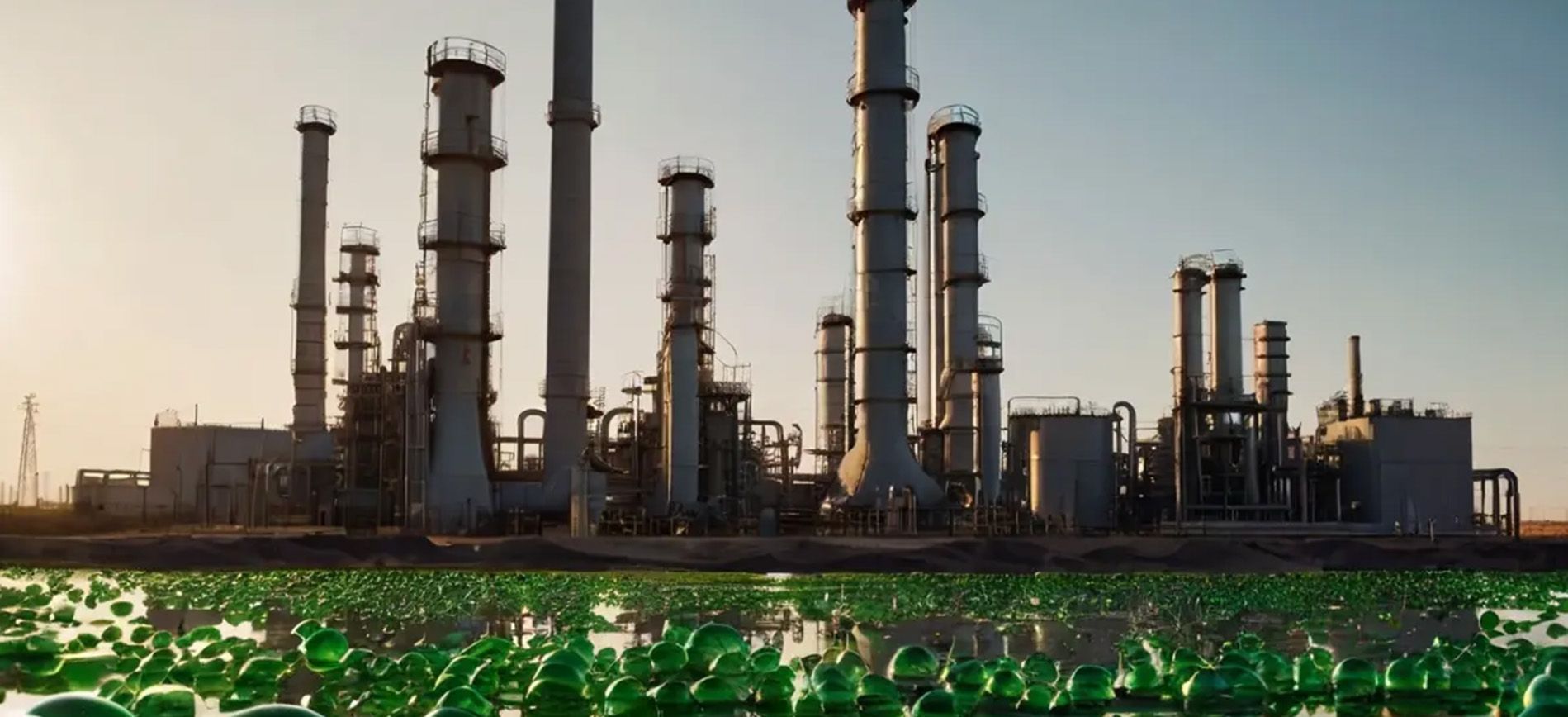Circular Economy in Fertilizer Production: Reducing Waste and Enhancing Sustainability
This is a subtitle for your new post

As the global population grows, so does the demand for agricultural products. Fertilizer production, a cornerstone of modern agriculture, is under increasing pressure to align with sustainability goals. The circular economy offers a transformative framework for the fertilizer industry by minimizing waste, reusing resources, and optimizing production processes. This blog explores the principles of the circular economy and its potential to reshape fertilizer production for a sustainable future.
Understanding the Circular Economy in Fertilizer Production
The circular economy is an economic model aimed at eliminating waste and continuously using resources. In the context of fertilizer production, this involves:
- Resource Optimization: Using raw materials efficiently to reduce waste and environmental impact.
- Recycling Nutrients: Recovering nutrients from agricultural runoff, wastewater, and organic waste to produce fertilizers.
- Renewable Energy Integration: Incorporating renewable energy sources in production processes to lower carbon footprints.
Key Circular Economy Practices in Fertilizer Production
Several practices can enhance sustainability and efficiency in the fertilizer industry:
- Nutrient Recovery from Wastewater: Technologies such as membrane filtration and chemical precipitation enable the recovery of nitrogen and phosphorus from wastewater. Recovered nutrients can be converted into fertilizers, reducing reliance on synthetic inputs and mitigating environmental pollution.
- Utilizing Agricultural and Food Waste: Organic waste from agriculture and food production can be composted or anaerobically digested to produce nutrient-rich organic fertilizers. This reduces landfill waste and creates a closed-loop system for nutrient cycling.
- Renewable Energy Use: Fertilizer plants can adopt solar, wind, or biogas energy to power their operations, significantly cutting greenhouse gas emissions.
- Recycling and Reuse of Byproducts: Byproducts from fertilizer manufacturing, such as gypsum and ammonium sulfate, can be processed and repurposed in other industries, such as construction or textiles.
Benefits of the Circular Economy for the Fertilizer Industry
Adopting circular economy principles offers numerous advantages:
- Environmental Impact Reduction: Lower greenhouse gas emissions, reduced nutrient runoff, and minimized waste generation contribute to a cleaner environment.
- Economic Efficiency: Recycling materials and optimizing resource use can lower production costs and increase profitability.
- Regulatory Compliance: Companies can better meet sustainability regulations and environmental standards by adopting circular practices.
- Enhanced Brand Value: Commitment to sustainability enhances brand reputation and appeals to environmentally conscious consumers and investors.
Challenges in Implementing Circular Economy Practices
Despite its benefits, the transition to a circular economy presents challenges for the fertilizer industry:
- Technological Barriers: Advanced nutrient recovery and recycling technologies require significant investment and R&D.
- Infrastructure Requirements: Establishing systems for waste collection, nutrient recovery, and material reuse demands coordinated infrastructure development.
- Market Dynamics: The demand for recycled or organic fertilizers may fluctuate based on market preferences and agricultural trends.
- Policy Gaps: Governments need to implement supportive policies and incentives to encourage the adoption of circular practices.
Case Studies: Successful Circular Economy Initiatives
- Nutrient Recycling in the Netherlands: Dutch companies are pioneers in recovering phosphorus from wastewater and converting it into high-quality fertilizers, demonstrating economic and environmental benefits.
- Anaerobic Digestion in Germany: German farms widely use anaerobic digesters to convert organic waste into biogas and organic fertilizers, reducing landfill waste and producing renewable energy.
- Renewable Energy Integration in Fertilizer Plants: Several Middle Eastern fertilizer producers are adopting solar energy to power ammonia synthesis, reducing reliance on fossil fuels.
Strategies to Promote the Circular Economy in Fertilizer Production
- Policy Support: Governments should incentivize nutrient recovery, organic waste utilization, and renewable energy adoption through subsidies and tax benefits.
- Public-Private Partnerships: Collaboration between governments, research institutions, and private companies can drive innovation and infrastructure development.
- Farmer Engagement: Educating farmers about the benefits of recycled and organic fertilizers can boost demand and market viability.
- Global Cooperation: International partnerships can promote technology transfer and standardization of circular practices.
Conclusion
The circular economy represents a promising pathway for the fertilizer industry to reduce its environmental footprint, enhance resource efficiency, and align with global sustainability goals. By adopting nutrient recycling, renewable energy, and waste reduction practices, the industry can ensure long-term resilience and profitability while contributing to a more sustainable agricultural future.




